Learn if protein powder for kids is safe, how to boost protein without expensive powders, and which store bought brands are best. Plus: Find answers to frequently asked questions about protein and easy recipes to try.
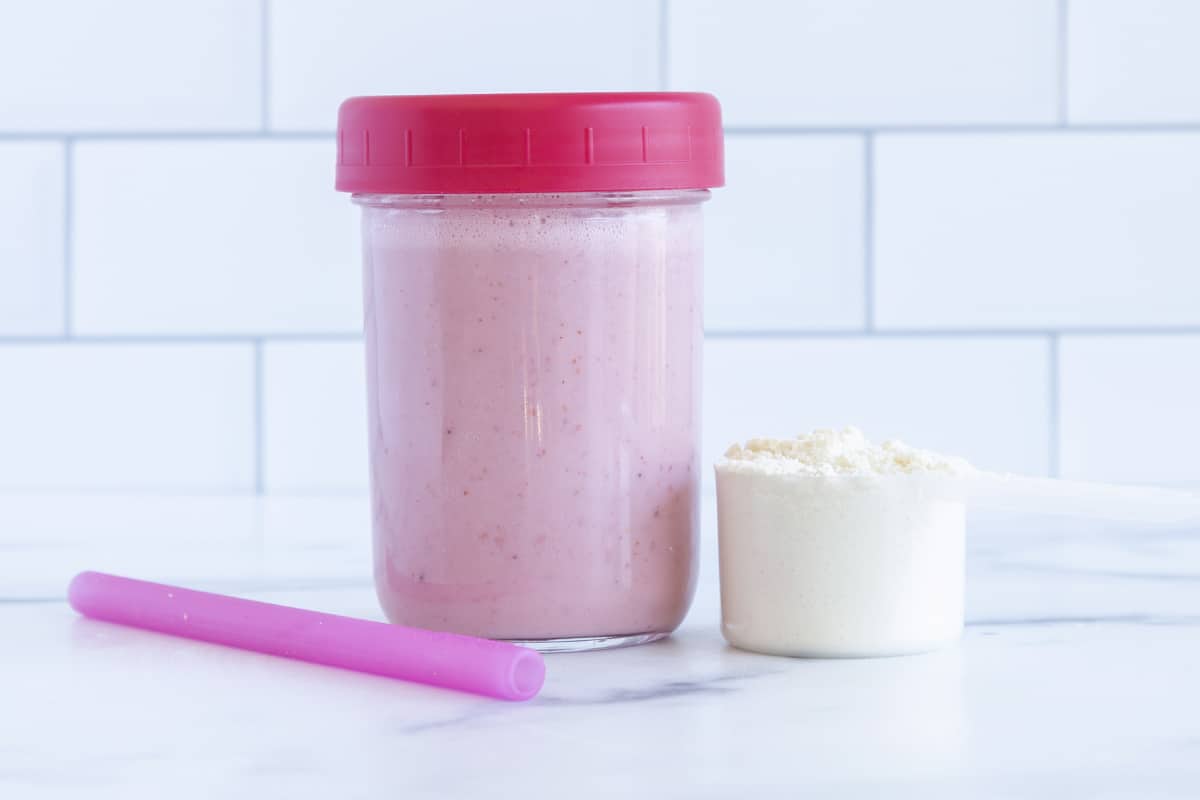
Protein Powder for Kids
A very common question from parents is whether kids need protein powder and which one is the best. This post is meant to answer both of those questions, while offering reassurance and easy, budget-friendly ways to boost protein.
There is so much cultural pressure to eat as much protein as possible, both for adults and for kids, and while it is an important nutrient to have in the mix, I think we (perhaps!) worry about it too much.
Most kids get enough protein in their diets without us trying. The American Academy of Pediatrics says that typical minimum servings of protein for a child would be “2-3 servings of 2-3 ounces of cooked lean meat, poultry, or fish per day. A serving in this group may also consist of ½ cup of cooked dry beans, one egg, or 2 tablespoons of peanut butter for each ounce of lean meat.”
Dairy also has a lot of protein, so a serving of milk could count as one of those protein servings, too. And whole grains have protein as well, so once we start looking at the overall mix of foods being consumed, it’s usually not as necessary as we may first think to add more protein.
(Always check with your doctor if there are concerns about growth or specific nutrients as your specific context is unique.)
Table of Contents
Your toddler won’t eat? Help is here!
Sign up for our email updates to get tips and ideas sent to your inbox.
Can kids have too much protein?
The Cleveland Clinic cautions that excess protein could stress the kidneys and liver, and simply isn’t necessary.
How much protein do kids need?
They break it down even more and shares that kids aged 4-9 need about 19 grams of protein (so one would assume younger kids would need a little less–the Food and Nutrition Board, Institute of Medicine, National Academies has the amount at 13 grams for 1-3 year olds). That amount is covered if a child has 3 cups of milk a day or one serving of Greek yogurt.
Eating normally with a mix of whole foods may wind up with a protein amount higher than that number they offer, but their main point is that most kids don’t need more protein on top of what they’re already getting.
This is not to say that anyone needs to actually count, simply to remind us all that there is a lot of protein in foods kids normally eat.
TIP: Find a full list of protein-rich foods for kids for easy reference and my favorite Protein Snacks for Kids.
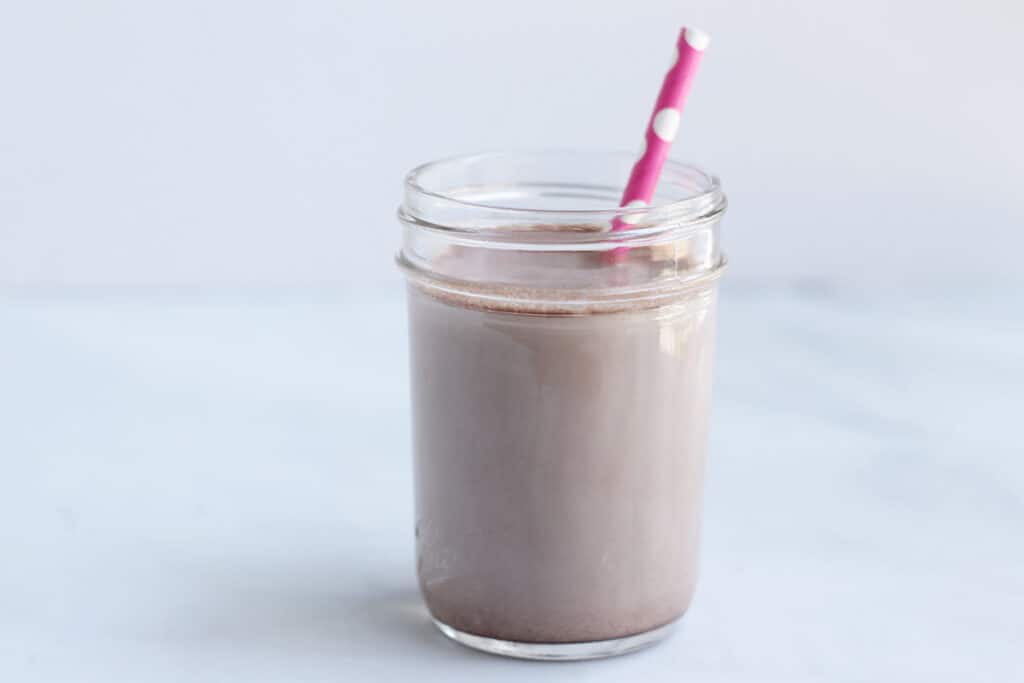
Can I give my kid protein powder?
My general approach with this is to remember that most kids don’t need more protein, but if I’m making a toddler smoothie with protein powder in it, a small amount to share likely is fine. Feel free to run that by your own pediatrician.
If a child is underweight, eats a very restricted diet where you know they aren’t eating foods with protein regularly, is vegetarian (and may have a limited intake of protein-rich foods), and needs foods to help them gain weight—those would all be cases where protein powder could make sense in the mix with other foods.
Remember that protein powders aren’t regulated by the FDA, so you’ll need to read the nutrition label and ingredients to ensure you know what’s included in each.
(My Chocolate Protein Shake is an easy option, too.)
Favorite Protein Powders for Kids
There are a load of protein powders on the market now that are being pushed for kids, so please read all of the information I’ve shared ahead of this section to ensure you know if your child actually needs one of these.
Then, look at the nutrition label to see if there are vitamins and minerals added. If there are, you may want to avoid also serving a multivitamin, or running the particular combination of supplements you’re planning to use by your pediatrician so they can help you make sure the components aren’t too high of any one ingredient.
These are also not inexpensive, so also check out the section below about foods you may already have in the house that can easily boost protein, too.
Else Nutrition Kids Organic Protein Shake Powder
I like this option since it has 5 grams of protein (which is much less than adult protein powders, which we’d want) and can be mixed with water or milk. It’s soy and dairy-free, which could be useful for kids with those allergies. It comes in four flavors—chocolate, vanilla, banana chia, and mango chia.
Grow Daily 3+ by Healthy Heights Protein Powder
With 12 grams of protein per serving, this could be a useful option if you have an underweight child or a kiddo who’s fallen off of their growth curve. It comes in chocolate, plain, and vanilla, and can be mixed with water or milk, or added to a smoothie.
Nutrikids Protein Shake
This option comes in chocolate, vanilla, orange, and strawberry, and has zero added sugar. It boasts 10 grams of protein as a base serving, but they recommend doing half that amount for kids aged 2-3. This one can also be combined with milk, water, or blended into a smoothie.
Orgain Organic Kids Protein Nutritional Shake
This is incredibly highly rated on Amazon (which may or may not matter to you!) and is a ready to go protein drink. It has 8 grams of protein, 9 grams of added sugar and a lot of added vitamins and minerals. This could make sense as a breakfast replacement if you need something fast and convenient.
(For the sake of comparison, the same amount of my Chocolate Milk Recipe has 8 grams of protein.)

Easy Ways to Boost Protein (Without Powders)
These foods are all rich in protein and can be added to other foods to increase protein amounts if needed.
- Hemp seeds: These are great to add to smoothies, oatmeal, or yogurt.
- Nut or seed butters: Peanut butter, almond butter, cashew butter, and sunflower seed butter are easy additions to smoothies, oatmeal, toast, and can also be served as a dip for fruit.
- Greek yogurt: This type of yogurt is very high in protein (since much of the liquid has been removed, making it more concentrated with milk protein). You can serve it as is, or add a scoop to toddler smoothies, shakes, healthy muffins for kids, Yogurt Pancakes, and also serve it in place of sour cream.
- Plant-based pastas: You can try swapping in a bean-based pasta (or the protein pasta from Barilla) for regular semolina pasta for about double the grams of protein. (Regular pasta has a decent amount of protein, so this is not necessary but is an option.)
- Easy protein powder recipe: See below.
Frequently Asked Questions
Check in with your doctor, but the Cleveland Clinic recommends supplementing a child athlete’s diet with additional whole foods first if possible.
Most children grow well with normal foods in their diet, including a range of food groups and foods. Protein powder is not necessary for growth unless there is a medical condition where growth is an issue.
You can first remember that kids (and adults) come in all sizes and one size is not better than another. Look at their own growth curve and avoid comparing them to their peers. If they’ve fallen off of their own growth curve or are losing weight, you can look at this list of foods to help kids gain weight and consult with your doctor.
Protein Recipes to Try
Here are some favorite protein-rich recipes to try that you might not realize are packed with protein. (You can see my full list of protein foods, which has things that you’d more commonly associate with protein such as meat and fish.)

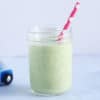

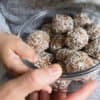
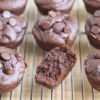
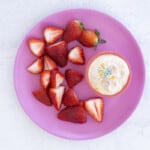


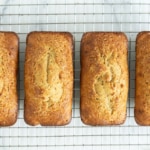
Best Tips
- Know that most kids get plenty of protein without us even trying.
- Kids need 2-3 servings of protein-rich foods most days.
- Consider adding foods rich in protein to foods your child already eats, which is less expensive than buying protein powders or shakes.
- A kids protein powder may be a helpful option for kids who are underweight, losing weight, have a very restricted diet, or are vegetarian (and therefore more limited in protein sources).
- Check the nutrition label and ingredients of any kids protein powder so you know what you’re buying. Pay close attention to total grams of protein, the serving size, and what else is in the product. If there are added vitamins and minerals, cross check your multivitamin (if you use one) to ensure you aren’t offering too much of any one nutrient.
- Double check any supplements with your pediatrician.
Related Recipes
I’d love to hear your feedback on this post, so comment below to share.
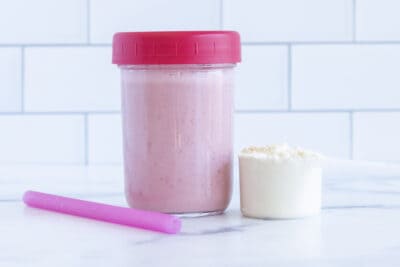
Protein Powder for Kids
Ingredients
- 2 cups dry milk powder
- ½ cup rolled oats
- ½ cup hemp seeds
- ½ cup sliced or slivered almonds
Instructions
- Add all ingredients to a blender.
- Blend well to grind the ingredients into a smooth powder.
- Transfer to an airtight container and store in the fridge for up to 1 month or in the freezer for up to 6 months.
- To use, add 2 tablespoons to each smoothie or according to your recipe.
Equipment
Notes
- Store in an airtight container in the fridge for up to 6 months.
- Add 4 tablespoons to a standard smoothie recipe to increase the protein amount. Or use in a favorite protein recipe such as my Protein Banana Muffins or Kids Weight Gain Shake.
- Dairy-free: Look for vegan powdered milk (which is often made from coconut milk) as an option.
- Nut-free: Skip the almonds. You can double the hemp seeds if you’d like.
- Chocolate Protein Powder: Add 2-3 tablespoons cup cocoa powder to the mix. You will want to add 1-2 tablespoons honey or maple syrup to the smoothie (or very sweet fruit) to balance the flavors.
- Peanut Butter Protein Powder: Add ½ cup powdered peanut butter, such as PB Fit, to the mix.
- To use, add 1-2 tablespoons to a kids smoothie, Protein Shake, or Flavored Milk.

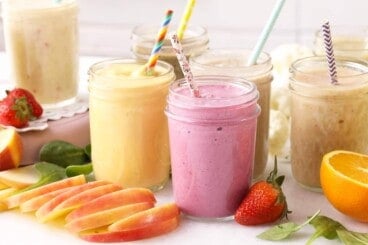
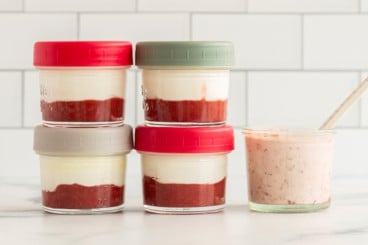
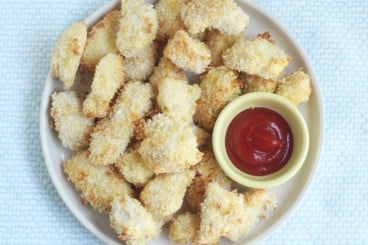
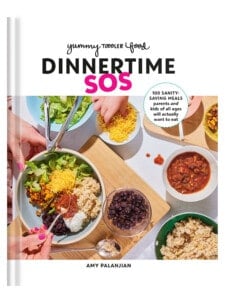
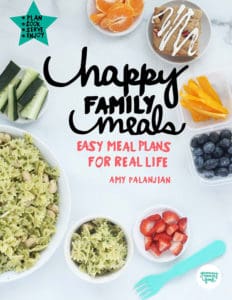
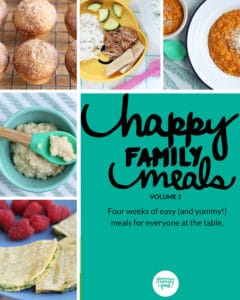
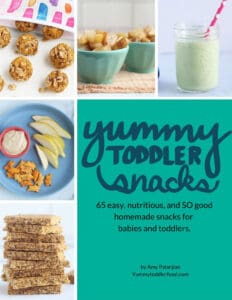











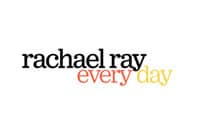


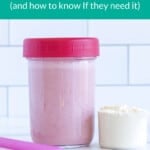
Could the chocolate protein mix be used as hot cocoa, or does heating it change the texture like store-bought protein powder?
I haven’t tried that but it likely wouldn’t taste the same due to the mix of ingredients (and also it’s not sweet).
Love this post & all the helpful info in it – thank you! Just curious if there’s a specific brand of milk powder Igor anything to look for on the ingredients/nutritional info? It seems I can only find pasteurized, skim milk powder..TIA
Hi- that’s the only option I’ve seen to and as far as I’ve seen the ingredients and nutrition are all basically the same. We add fats back in from the seeds and nuts, so starting with nonfat in this context doesn’t concern me. (I otherwise recommend whole milk products.)